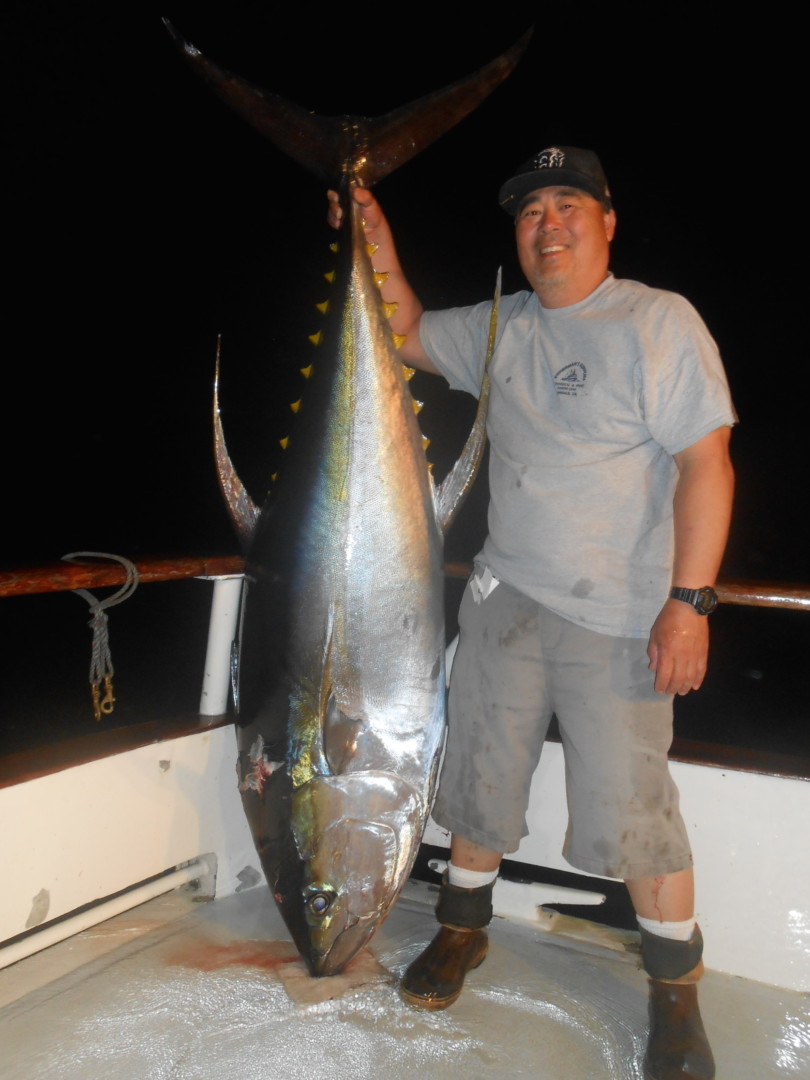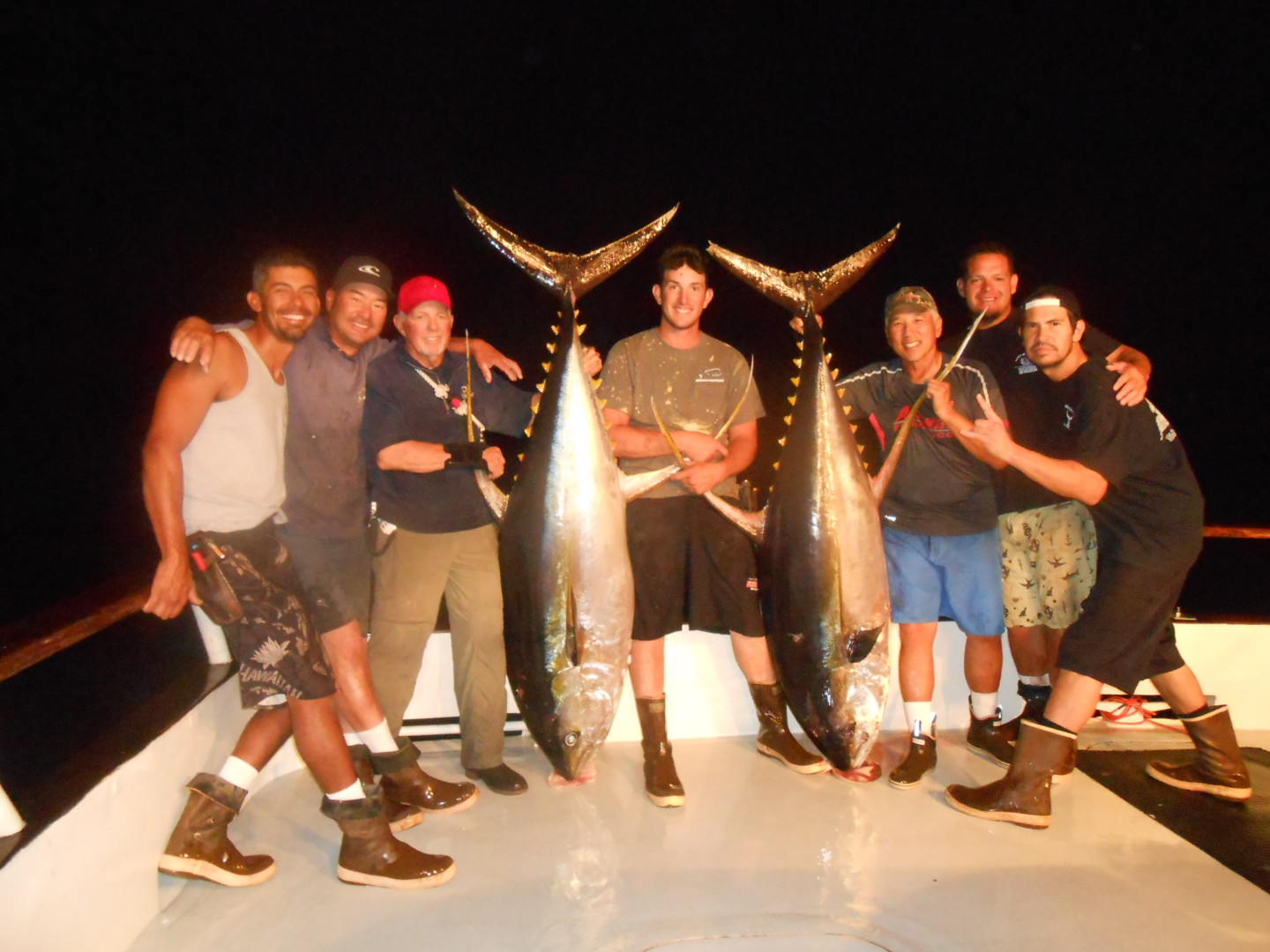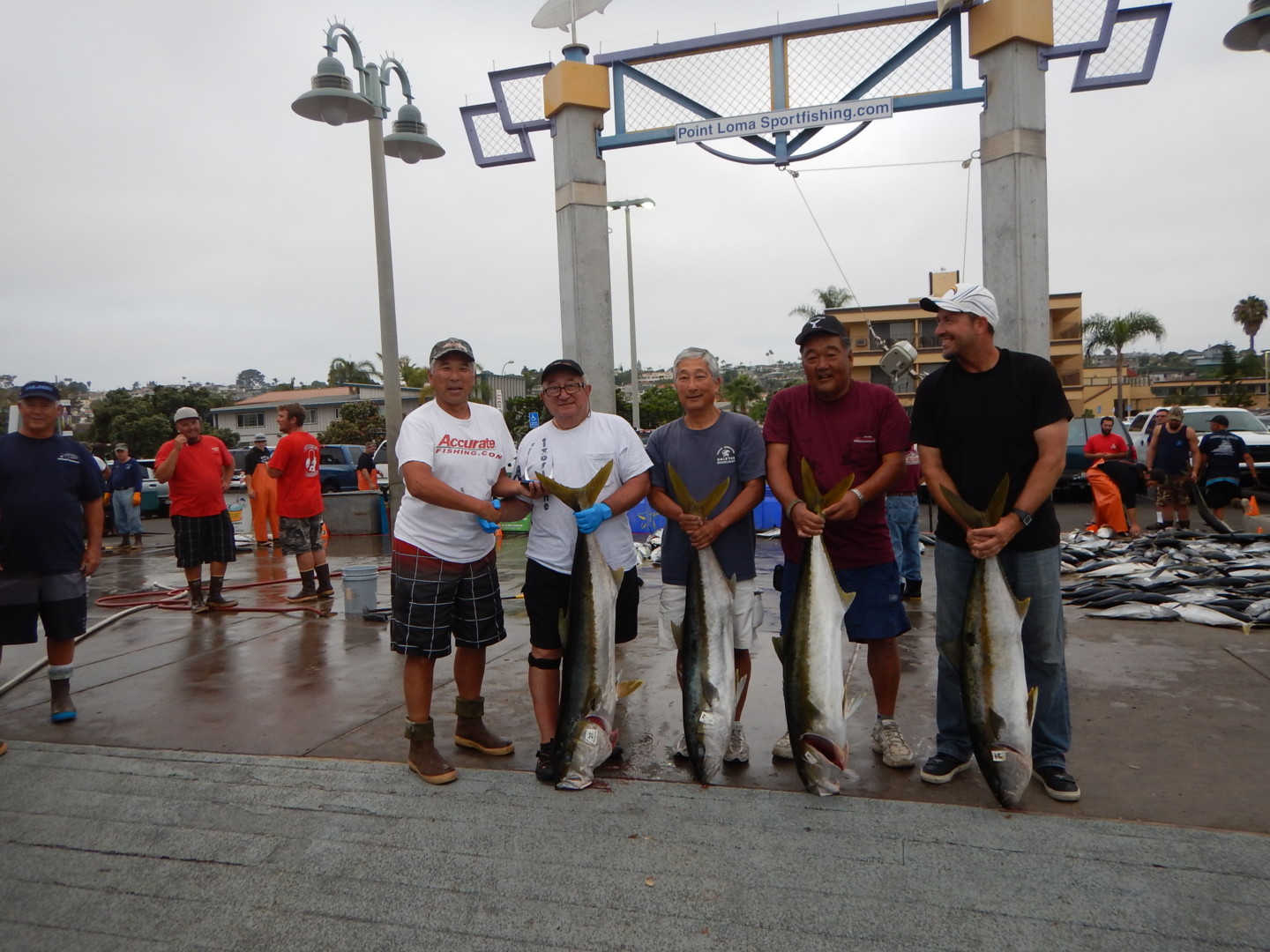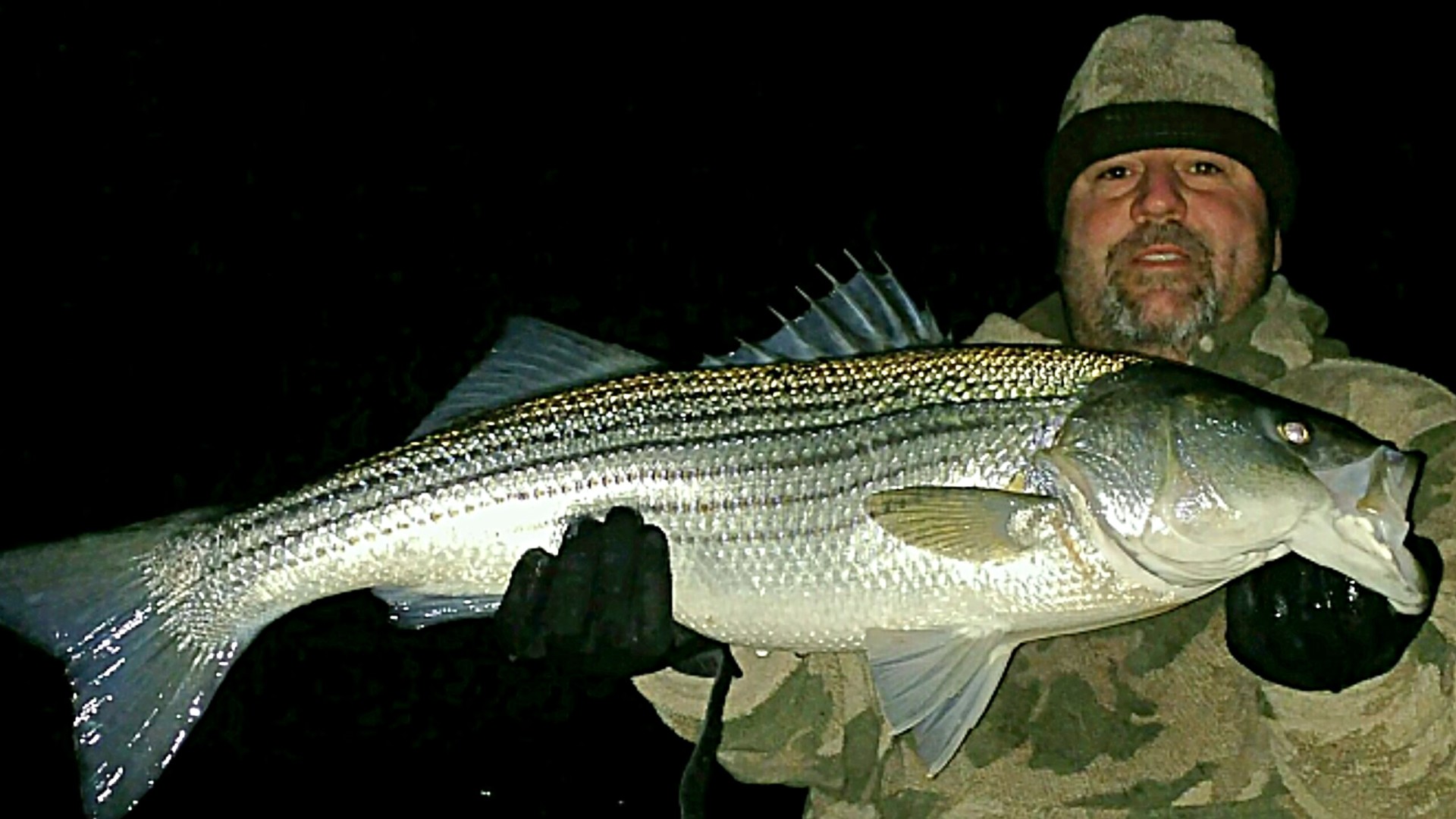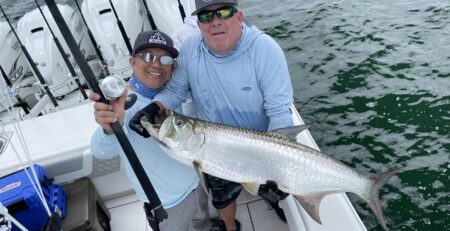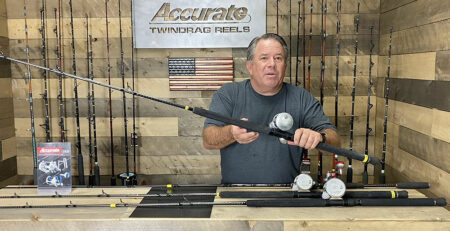The Details to Successful Fishing
People that do not spend time on the water have no idea the time that goes into a fishing trip. No matter if its on a day boat, multi day boat, or on your own boat if things are not somewhat organized the percentage of failure increases and the possibility of losing a fish or missing the opportunity to catch one is always present.
In life details sometimes can make or break you. The probability of success can be greatly influenced by paying attention to the smallest details. This blog will give you a brief overview of some of the details that help you be more prepared on your next trip.
One of the first things we look at doing is seeing what is presently biting and where. This all depends on conditions and many times its a seasonal opportunity that if you pay attention can be written in your fishing journal that can help you in years to come. A fishing journal is something that can really help you from year to year when weather patterns are similar to previous years. You can research areas, conditions, tides, currents and see how they are year to year. Sometimes this type of journal will produce more fish just by paying attention to last years information and comparing it to the present year. One good example of this has been the recent influx of Bluefin tuna in the California bight the last 3 to 4 years. The first year they showed up on settled onto local banks and once the puzzle was figured out many competent anglers caught fish of a lifetime. The next year they followed the same progression and the guys with the historical data smashed them. The following year was a little different but from watching the previous years the fishermen following their movement were able to catch several fish exceeding 300 pounds.
 Information is key and there are lots of sources to use especially with todays internet sites. On the west coast bloody decks helps anglers gather information for upcoming trips so does the Fishdope.com site, 360tuna.com is another site that helps anglers in the gulf and east coast as well as Noreast.com for the Northeastern states. Reading reports form other anglers, following charter boats, and listening to private boaters will give you a timely report. Remember conditions change frequently and to stay on fish you need to have updated information on where, how, and when are they catching them. Where being physical location with latitude/longitude or what part of the bay, stretch of coast. How what tackle is being used with line class and lure or bait as well as a specific technique like Jerkbait lures or dropper loop live bait rigs. Maybe guys are trolling lures or drifting live baits, jigging on the bottom, whatever is the ticket if you find out your percentages increase. When deals directly with the conditions and time of day. Maybe the fish are biting in grey light hours, first thing in the morning – late afternoon. If the tidal movement is key that could be high tide-low tide, rising tide that might be flushing new areas along the coast or in the bay. Sometimes its all about lunar cycles with a full moon, waxing or waning gibbous being key on specific species. The more time you put in collecting information the better your percentages are of having successful fishing trips.
Information is key and there are lots of sources to use especially with todays internet sites. On the west coast bloody decks helps anglers gather information for upcoming trips so does the Fishdope.com site, 360tuna.com is another site that helps anglers in the gulf and east coast as well as Noreast.com for the Northeastern states. Reading reports form other anglers, following charter boats, and listening to private boaters will give you a timely report. Remember conditions change frequently and to stay on fish you need to have updated information on where, how, and when are they catching them. Where being physical location with latitude/longitude or what part of the bay, stretch of coast. How what tackle is being used with line class and lure or bait as well as a specific technique like Jerkbait lures or dropper loop live bait rigs. Maybe guys are trolling lures or drifting live baits, jigging on the bottom, whatever is the ticket if you find out your percentages increase. When deals directly with the conditions and time of day. Maybe the fish are biting in grey light hours, first thing in the morning – late afternoon. If the tidal movement is key that could be high tide-low tide, rising tide that might be flushing new areas along the coast or in the bay. Sometimes its all about lunar cycles with a full moon, waxing or waning gibbous being key on specific species. The more time you put in collecting information the better your percentages are of having successful fishing trips.
 Tackle is super important for your success in fishing. Making sure it is in good working order is a must. Prior to any fishing trip its critical to take a moment and check your tackle. Things to look for include winding the handle freely and a smooth operating reel. Any type of roughness means you have either side bearing issue, spool bearing, or an ARB but usually with ARB bearing you cannot turn the handle smoothly. The reel should have line on it so I usually put it on the rod you use with it, put line through guides, and at medium drag setting pull the line off the spool. If the drag is jerky the washers are usually contaminated with salt. Remember a jerky drag can cost you a fish at higher drag settings. I would recommend having reels serviced at least once a year in the off season and during season wash them off lightly with freshwater. One good habit to get into is to rinse reels and let them sit a day. Next day set them at a light drag setting and put fingers on spool so it does not move and turn handle around. This will break all the internal parts loose that might have had water get in and keep reel in good working order. Does not hurt to add a drop of reel lube to the 2-speed plunger or screws on reel foot and any other places you deem as a corrosion possibility. Real important point to always remember to check is the line on the reel. If it looks discolored take 20 to 30 yards off the reel. If it still looks bad replace the line. This is especially true with mono but also very important with braid. Line is the least expensive thing and the most important since it keeps you connected to the fish.
Tackle is super important for your success in fishing. Making sure it is in good working order is a must. Prior to any fishing trip its critical to take a moment and check your tackle. Things to look for include winding the handle freely and a smooth operating reel. Any type of roughness means you have either side bearing issue, spool bearing, or an ARB but usually with ARB bearing you cannot turn the handle smoothly. The reel should have line on it so I usually put it on the rod you use with it, put line through guides, and at medium drag setting pull the line off the spool. If the drag is jerky the washers are usually contaminated with salt. Remember a jerky drag can cost you a fish at higher drag settings. I would recommend having reels serviced at least once a year in the off season and during season wash them off lightly with freshwater. One good habit to get into is to rinse reels and let them sit a day. Next day set them at a light drag setting and put fingers on spool so it does not move and turn handle around. This will break all the internal parts loose that might have had water get in and keep reel in good working order. Does not hurt to add a drop of reel lube to the 2-speed plunger or screws on reel foot and any other places you deem as a corrosion possibility. Real important point to always remember to check is the line on the reel. If it looks discolored take 20 to 30 yards off the reel. If it still looks bad replace the line. This is especially true with mono but also very important with braid. Line is the least expensive thing and the most important since it keeps you connected to the fish.

The other part of tackle is the rods. The one key thing to check on the rods is the guides. Often a guide will get cracked and its not very noticeable. When you see mono get cloudy and frayed its time to check the guides. Same will happen with braid and any long battle with a fish will weaken line to the point of breaking. Tips are especially important so make sure you check your guides carefully. With your trolling rods make sure the rollers and moving. Take the tip of a pencil and put it on the angled groove and move it back and forth. Salt water can get pretty much anywhere and cause problems so beware.
Another part of tackle prep is making sure you are taking the right tackle for the job. Too heavy of tackle on inshore or smaller pelagic gamefish is just no fun. Make it sporting by matching the tackle with the targeted species. Last year on the west Coast there were a lot of 100 lb class fish that were eating poppers which led the anglers to spinning tackle and smaller conventional tackle. The ability to put 65 to 80 lb braid on smaller conventional setups and use them to cast at the tuna really made it a challenge which was tons of fun. The old saying about taking a knife to a gun fight or vice versa rings true here. Match your tackle not only for success but just for the sheer sport of it.
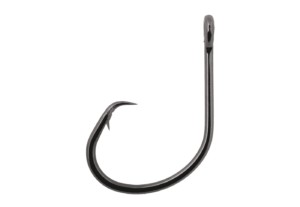
Terminal tackle is made up of hooks, sinkers, swivels, lures etc. Key things to look for is making sure you know the bait you are using so you have the right size hook that fits the bait. Too big of a hook for a bait will often not get bit. The hook will make the bait look unnatural. Know your hooks, if you are fishing tuna use circle hooks that will pin them in the corner of the jaw. J hooks are often used for fish you want for the table fare since they will get a bait down and you hook them deep making it much easier to catch depending on the species. Circle Hooks have become more popular with the catch and release crew since there is very little harm to the fish by being hooked in corner of mouth. The down side is with a circle you lift up on the rod when you are bit and many people set the hook which end up with the hook back – no fish. No matter what it’s more difficult to get a solid hookset depending on species if you are swinging with a circle hook. Billfish are more difficult but there are some rigging tips with live bait and drop back baits that will increase your percentages. Most hooks are chemically sharpen these days but bigger hooks for bigger game are not so sharpening the hook is a must. A lot of anglers also offset hook point from the eye of the hook with a J hook for a little better hooking percentage.

Lures come in a variety of styles, sizes, and colors so the most important thing is to understand the species you are targeting and get a lure that will work. Good example is if you are going Marlin fishing and you will be trolling you want the appropriate marlin lure with heavy enough leader to do the job. Learn as much as you can about the gamefish and match the hatch for the appropriate baitfish they are feeding on. Color is important so make sure you understand what they are feeding on when you plan your trip and act accordingly. Treble hooks are mainstay on smaller lures so be very careful especially unhooking a fish. They are chemically sharpen and will penetrate your skin easily to the barb which is very painful and difficult to get out. (Find a hook removal article on line just so you know it) Good place to find out whats up with baits is your local tackle store where the guy behind the counter can tell you whats biting and where. Guys work behind the counter because they love it so listen carefully and learn.
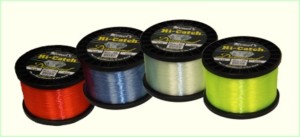
Line is extremely important and buying branded line that is proven is the way to go. Don’t get your line from the bargain basement pile. People are still using monofilament with good success so remember to change your line after a few trips. I used to take reels that held the same amount and once it would look fairly worn on top I would take any empty reel same size and load off the worn so the new line on the bottom of the spool was on top. Works great if you are on a budget. Look at the rating of your reel and stay within it with the mono. Bigger line is more visible in the water to fish so ask guys what they prefer or use and give it a try.
Braid is way smaller diameter but with the new materials its incredibly strong. Its important with braid to remember it does not stretch so you use a lighter action rod or mono top shot for the stretch. Fluorocarbon leader has become very popular because its invisible in the water and has a tough outer finish. A trace leader (24″ to 36″) works good on the braid but remember to tie smaller profile knots so it will go through the guides easier. The Pena or improved Albright knot are good choices. Make sure you practice your knots and test them before using.

All knots need to be cinched which we see as a problem on the boats with a nice pig tail at the end of the line and a rejected angler’s face. Know your knots and cinch them with knot pullers or dowels with tape on them. (Look up Knot Pullers on line)

One of the last details I would say are super important is be safe. On a big boat know where the life vests, rafts, and if they have an eperb device and its location. Safety first when going on the fishing adventures. Know the weather before setting out in your on private boat and always tell someone where you are going and when you will be home. Make sure you have a small medical kit in your tackle box or boat. We carry around a big pair of dykes for cutting hooks if necessary. It has saved us an early trip home when the fish are biting. Know your surrounding when casting. Look behind you and always be aware of those around you. If you are catching and releasing gamefish with teeth like a wahoo, King mackerel, Mako, etc. make sure you cut the hook off attached to fish. We have seen people do the crazy things to save a .75 hook. Your hands and your fingers are worth it. Wear boats on the boat especially dealing with larger gamefish that you are putting on the deck. They are uncontrollable when they hit the deck and often will land on or close to you. Bring a good pair of line cutters for the braid and a good pair of pliers for removing hooks. Just like mom used to tell you stay out of the sun. Bring a hat or a face mask to protect your skin from the big C plus always have SPF 30 sunscreen and lip balm SPF 15 on the boat. Most important thing is a good pair of sunglasses, polarized is the best.
Comes back to the old saying Prior Planning Prevents Piss Poor performance. Make a checklist and check it twice. Fishing is fun and with a little thought process you can make any trip phenomenal by doing your homework.
Have fun and be safe.May all your lines be tight ones.
Team Accurate
 Custom Color Reels
Custom Color Reels



